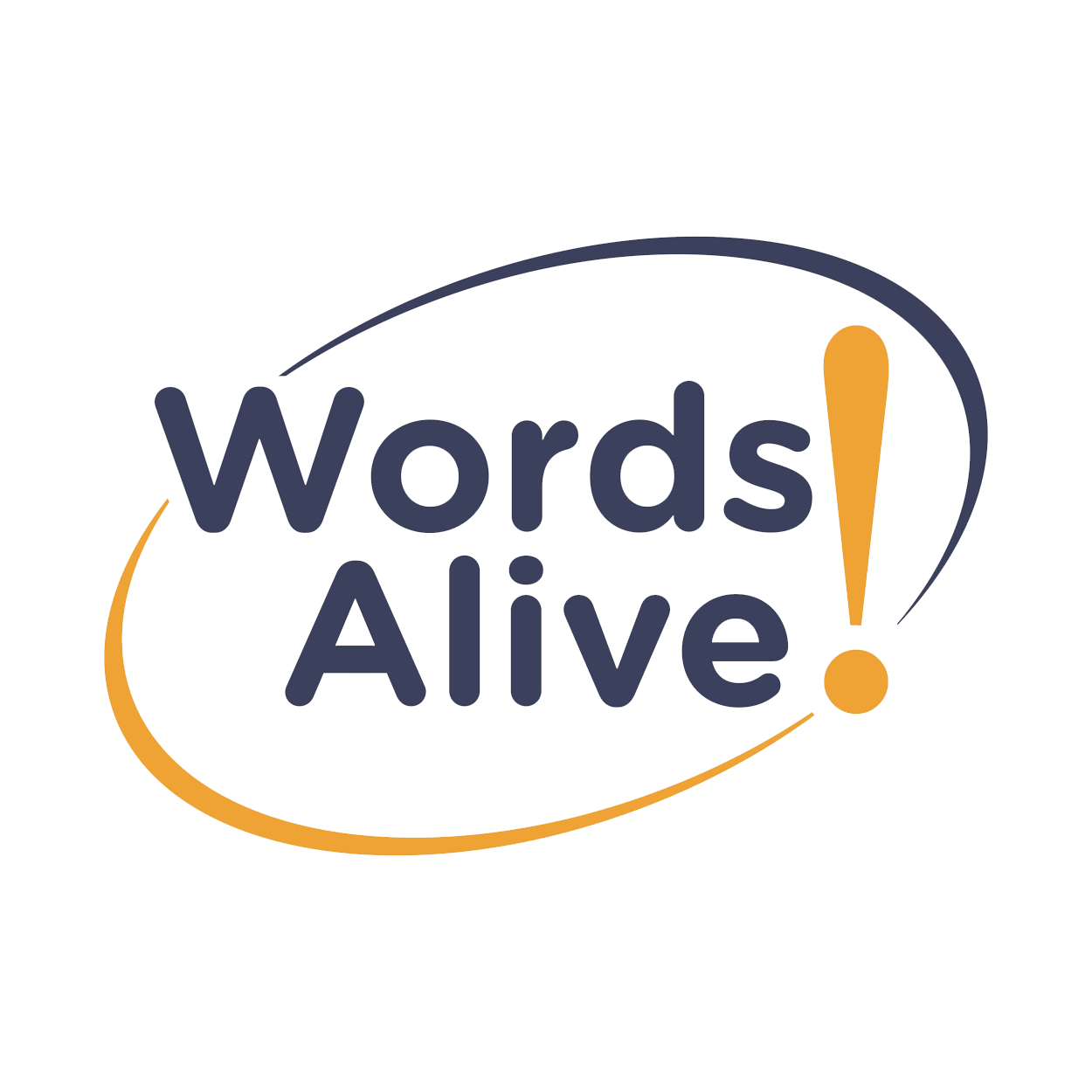By Tait Longhi, Blog Intern
Image of a young person sitting on the sidewalk and reading Contact.
When it comes to learning, critical thinking is a crucial foundational concept. Critical thinking is defined as an “intellectually disciplined process of actively and skillfully conceptualizing, applying, analyzing, synthesizing, and/or evaluating information gathered from, or generated by, observation, experience, reflection, reasoning, or communication, as a guide to belief and action” from The Foundation of Critical Thinking.
Critical reading is another concept that is crucial, particularly for young learners. Critical reading involves the individual’s ability to recognize the author's purpose and intent. Knowing an author's biases, background and tone all play into understanding the words on the page to their fullest extent.
Critical reading and thinking work hand in hand. Being able to use critical thinking whilst reading, to remain open-minded and rational, heavily plays into critical reading. But how can we teach it to the upcoming generation? It’s good to begin with a question, like “what do you want to learn about this book or topic?” according to Wabisabi Learning. From there, you can incorporate literature to assist progress. This approach will help the critical thinking and reading skills, simultaneously.
At Words Alive, we believe that this marriage of concepts is extremely beneficial for all parties, those learning and those teaching. It shows we all can further our intellectual abilities just by looking a little deeper.

